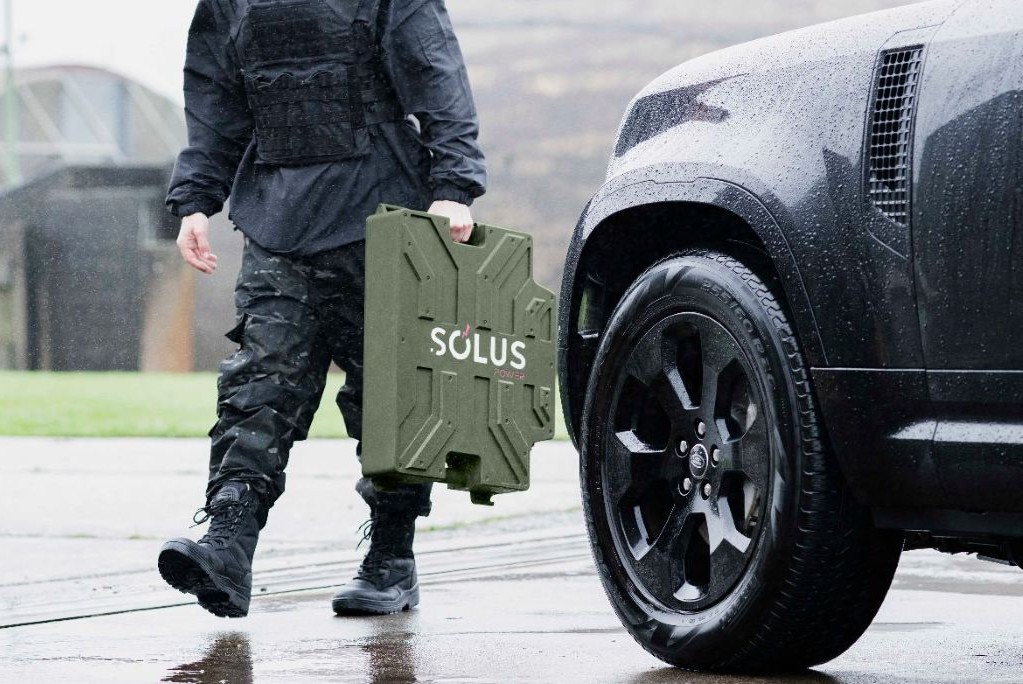Insights on Arrow Technology and the Golden Dome Initiative
Current Developments from Israel Aerospace Industries
Executives at Israel Aerospace Industries (IAI) are closely monitoring developments regarding the U.S. Golden Dome missile defense architecture. The company’s Chief Executive, Boaz Levy, expressed optimism about the potential integration of IAI’s Arrow interceptor technology into two tiers of the initiative.
Expanding Beyond the Arrow-3 Capabilities
IAI’s aspirations extend beyond the existing land-based Arrow-3 system. Levy noted that, with necessary modifications, the Arrow-3 could also be adapted for space-based systems designed to intercept ballistic missiles during their initial flight phase.
Proven Track Record
The Arrow-3, co-developed by Israel and the United States, has achieved significant milestones, including successful interceptions of Houthi and Iranian ballistic missiles. These accomplishments demonstrate its viability in protecting a territory comparable to that of Israel.
Golden Dome: A High-Stakes Venture
The Golden Dome initiative, proposed during the Trump administration, aims to provide a comprehensive defense umbrella over the United States. Valued at approximately $175 billion, with an ambitious three-year timeline for completion, the project is intended to defend against intercontinental ballistic missiles (ICBMs) from various adversaries, including nuclear-capable nations such as Russia and China.
Challenges and Critique
Skepticism surrounds the feasibility of the Golden Dome project, particularly regarding its budgetary limitations and stringent deadlines. Critics emphasize significant engineering and funding hurdles, particularly in deploying an adequate number of space-based interceptors necessary for intercepting enemy missiles as they ascend.
Levy acknowledged the complexities inherent in this mission, stating, “It still needs to be done for the first time.” While he affirmed that the concept is technically achievable, he cautioned that it will require additional time compared to the established processes for integrating land-based interceptors.
Future Enhancements for Arrow-3
IAI is in the process of implementing upgrades to the Arrow-3 system, with future iterations (designated as Arrow-4 and Arrow-5) aimed at enhancing the system’s ability to differentiate between threatening objects during engagements.
The Role of Artificial Intelligence
As missile salvos break apart in space and release multiple warheads, numerous objects can populate the velocity vector. Levy indicated that advancements in object recognition—leveraging artificial intelligence—will significantly enhance the system’s ability to distinguish between legitimate threats and non-threatening debris. Over time, these algorithms will improve, allowing for more precise targeting of warheads while permitting benign fragments to land harmlessly far from populated regions.
This progressive integration of advanced technology underscores a pivotal evolution in missile defense efforts, crucial for maintaining strategic security in an increasingly complex defense landscape.





